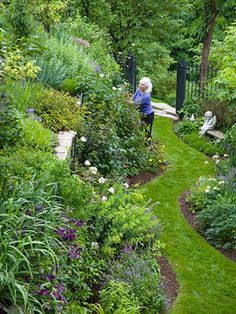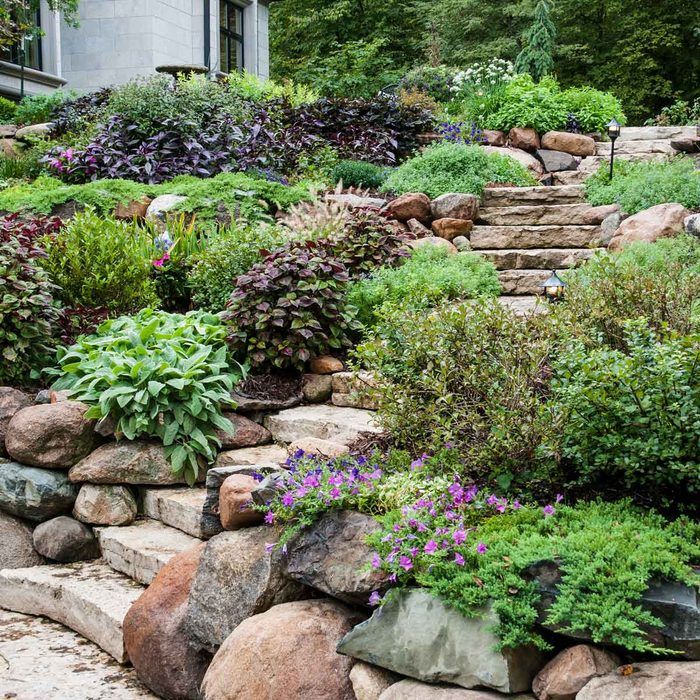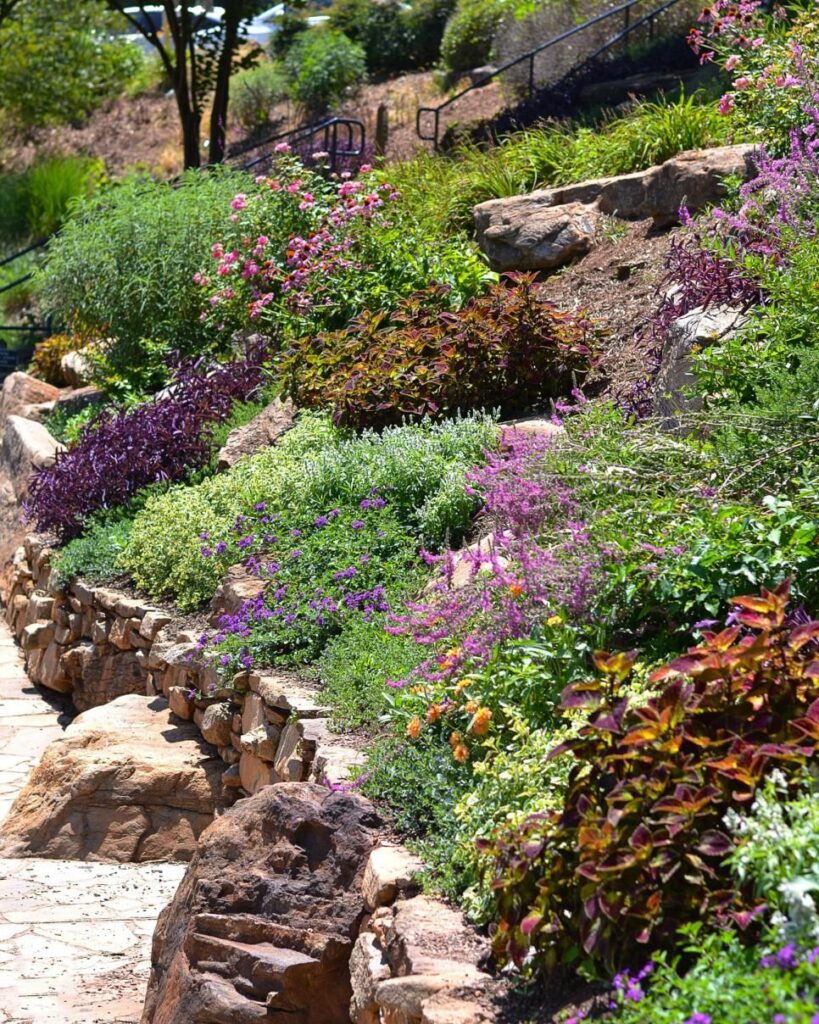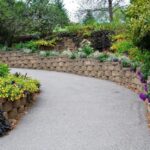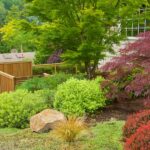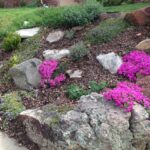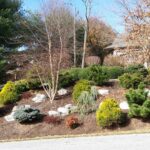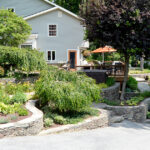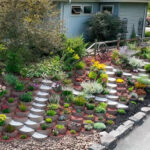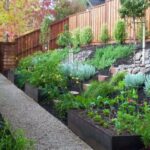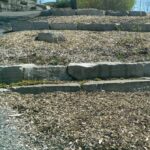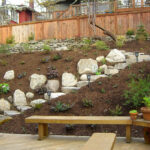Landscaping on a slope can present a unique set of challenges for homeowners, but with careful planning and execution, it can also result in a stunning and functional outdoor space. One of the most important considerations when landscaping on a slope is erosion control. Since water naturally flows downhill, slopes are more susceptible to erosion, which can wash away soil and plants if not properly addressed. Installing retaining walls, terraces, and plantings can help to stabilize the soil and prevent erosion.
Another key factor to consider when landscaping on a slope is drainage. Proper drainage is essential to prevent water from pooling and causing damage to plants and structures. Installing French drains, dry wells, and swales can help to redirect water away from the slope and keep the landscape healthy and thriving. Additionally, planting native plants that are adapted to the local climate and soil conditions can help to minimize water usage and maintenance.
When it comes to choosing plants for a sloped landscape, it’s important to select species that are suited to the specific conditions of the slope. Plants with deep root systems, such as grasses and groundcovers, can help to stabilize the soil and prevent erosion. Trees and shrubs with shallow root systems should be avoided, as they may not be able to anchor themselves properly on a slope. In addition, selecting plants with varying heights, textures, and colors can help to create visual interest and enhance the beauty of the landscape.
Incorporating hardscaping elements, such as paths, stairs, and seating areas, can help to make a sloped landscape more functional and accessible. Creating terraced levels with retaining walls or raised beds can help to maximize the useable space on the slope and create distinct areas for gardening, entertaining, or relaxing. Using natural stone, pavers, or gravel for hardscaping can also enhance the overall aesthetic of the landscape and blend seamlessly with the surrounding environment.
Finally, proper maintenance is essential for keeping a sloped landscape looking its best. Regularly mowing, weeding, and mulching can help to control erosion and promote healthy plant growth. It’s also important to monitor the slope for signs of erosion, settling, or drainage issues, and address any problems promptly to prevent further damage. With careful planning, proper plant selection, and ongoing maintenance, landscaping on a slope can be a rewarding and beautiful addition to any outdoor space.
